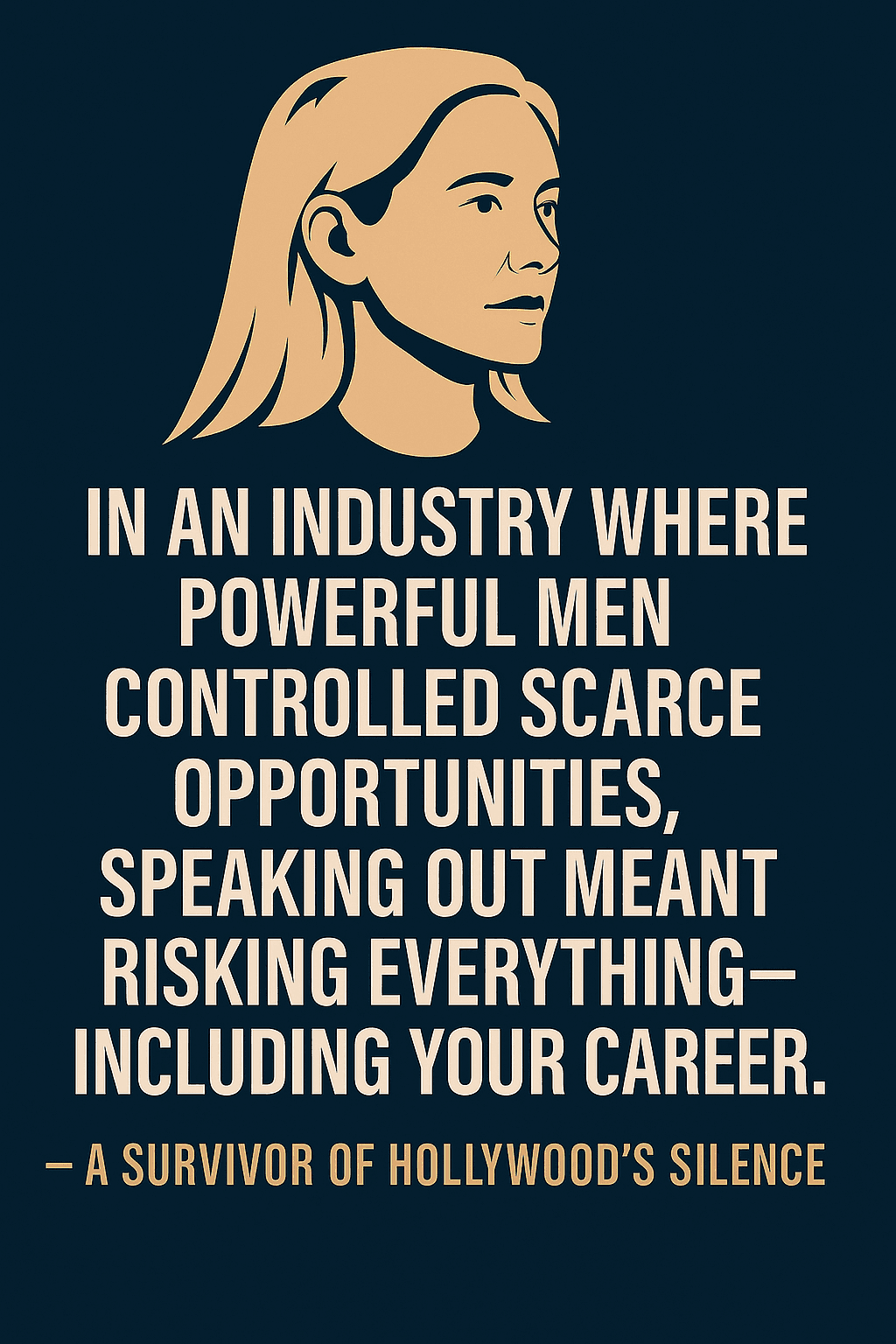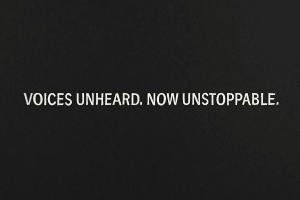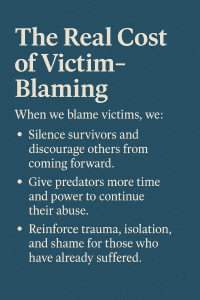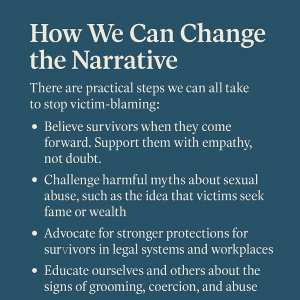She Went After Him for Fame? How Victim-Blaming Shields Abusers

It’s time to stop asking why she stayed and start asking why he was allowed to keep abusing her for so long.

Why do we blame victims instead of holding abusers accountable? It’s a question that lies at the heart of many high-profile abuse cases. Too often, we hear comments like, “She went after him for fame. Why is she complaining now?” These statements don’t just hurt survivors—they protect predators and allow cycles of abuse to continue.
In this final part of our series, we’ll explore the roots of victim-blaming, how it played out in cases involving Diddy, Epstein, and Weinstein, and how we can change the narrative to support survivors.

The Roots of Victim-Blaming
Victim-blaming isn’t a new phenomenon. It stems from deep psychological and cultural factors.
- Cognitive dissonance makes it hard for people to accept that someone they admire—a successful artist, businessman, or filmmaker—could do something so terrible. Blaming the victim makes it easier to maintain that image.
- Misogyny and power dynamics come into play when the victim is a woman, and the abuser is a powerful man. There’s a long history of dismissing women’s stories as attention-seeking or false.
- Cultural conditioning teaches us that women should “protect themselves,” placing the burden of preventing abuse on the victim instead of the perpetrator.
These patterns make it easier to look away from the predator and turn a critical eye on the person brave enough to speak out.
How This Played Out in High-Profile Cases
The stories of Cassie Ventura, Virginia Giuffre, and Mira Sorvino are powerful examples of how victim-blaming works.
- Cassie Ventura was accused of chasing fame, even though she endured years of abuse from Diddy and only came forward after finding the courage to break free.
- Virginia Giuffre faced public scepticism and was accused of fabricating her story against Jeffrey Epstein. Many ignored her evidence and the systemic nature of his trafficking ring.
- Mira Sorvino’s career stalled after she rejected Harvey Weinstein’s advances. Instead of supporting her, some in the industry blamed her for “playing along” or not speaking out sooner.
Media coverage, public opinion, and even comments from powerful figures contributed to these false narratives, adding more pain to already wounded survivors.
The Real Cost of Victim-Blaming
When we blame victims, we:
- Silence survivors and discourage others from coming forward.
- Give predators more time and power to continue their abuse.
- Reinforce trauma, isolation, and shame for those who have already suffered.
As a society, we need to shift from scepticism to support. It’s not about questioning survivors’ motives—it’s about holding predators accountable for their actions.

“When we blame victims, we let predators off the hook.”
How We Can Change the Narrative

Conclusion
The stories of Cassie Ventura, Virginia Giuffre, and Mira Sorvino remind us that the fight against abuse isn’t just about confronting predators. It’s about challenging a culture that protects them. By listening to survivors, standing against victim-blaming, and pushing for justice, we can create a world where survivors are heard, believed, and supported.